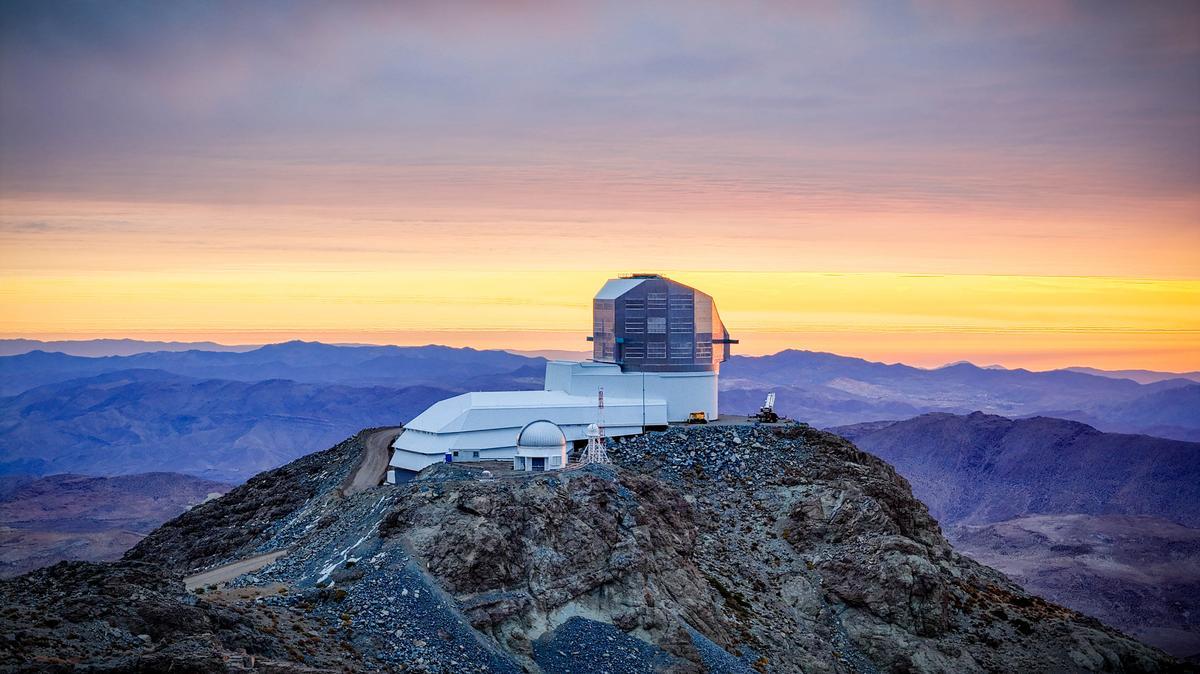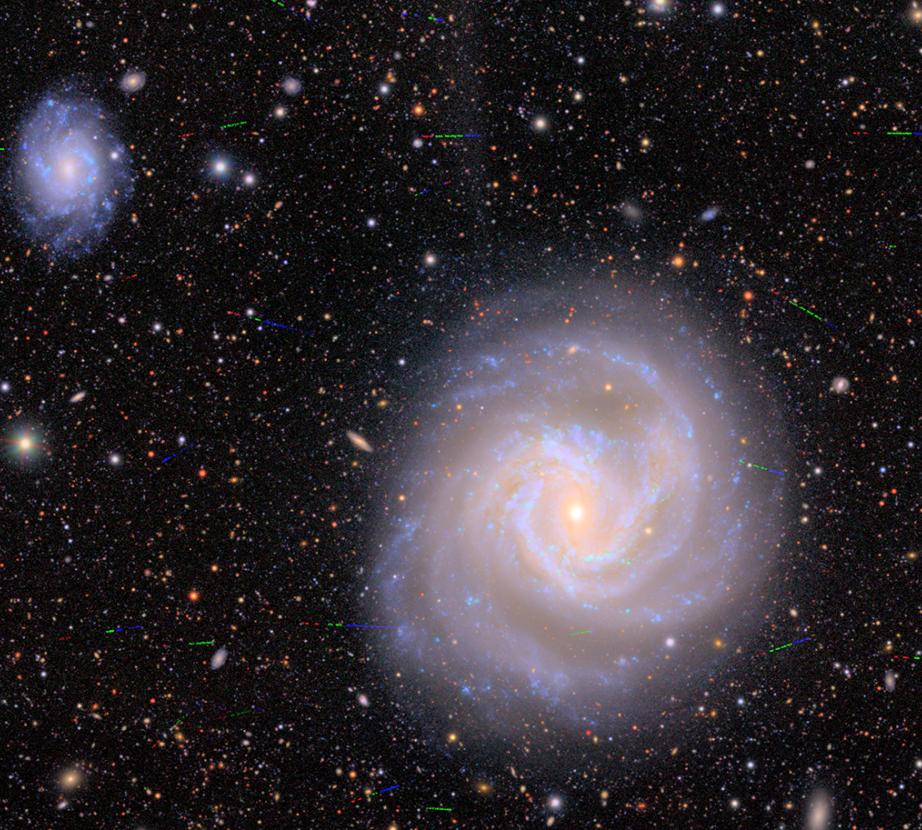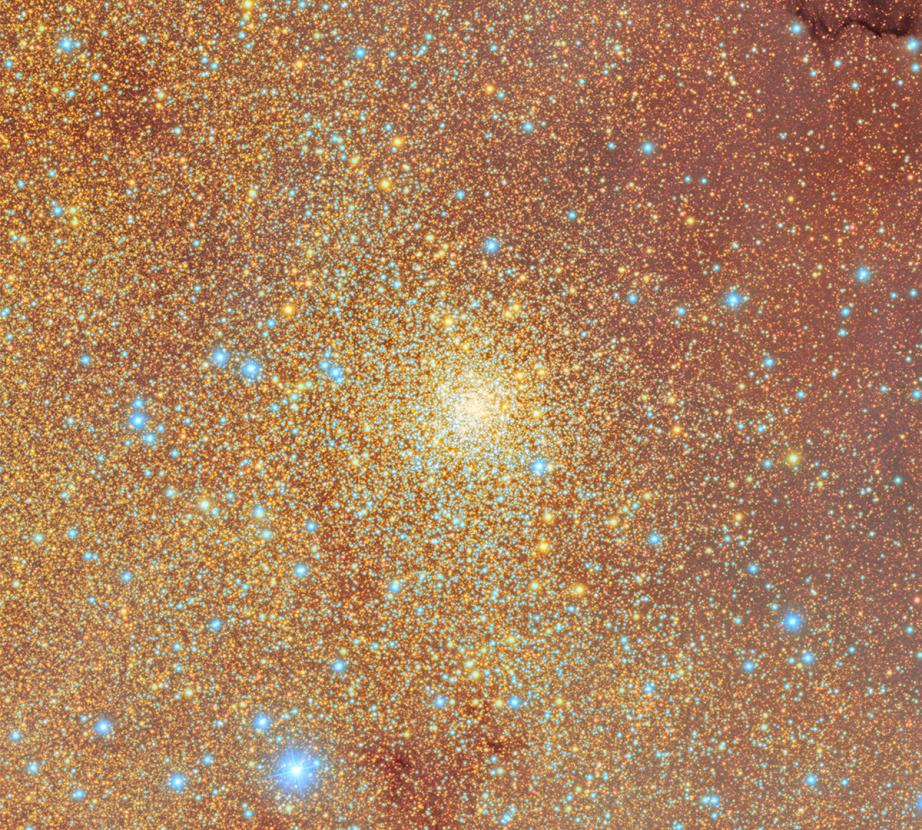Monday, Aug 11, 2025
The new Vera C. Rubin Observatory aims to produce the most complete map of the universe ever
by Adam Grybowski

In June, the first results from the most ambitious mapping of the night sky in human history finally arrived. The Vera C. Rubin Observatory released detailed images of galaxies, nebulas and thousands of previously undiscovered asteroids. Gathered over only 10 hours of observations, the photographs were a tiny preview of the observatory’s just launched 10-year mission to produce the most complete map of the universe ever.
Rider University is part of a global coalition supporting the project, formally known as the Legacy Survey of Space and Time (LSST). As part of the LSST Discovery Alliance, Rider joins about 30 other institutions committed to helping the project reach its potential. Participation in the alliance also opens up research opportunities for students.
Dr. John Bochanski, an associate professor and the chair of Rider’s Department of Computer Science and Physics, has been connected to the long-gestating project since he was a graduate student at the University of Washington more than 15 years ago.
“Now that Rubin is functional and working well, it’s a very exciting time,” he says. “There is certainly Nobel Prize-winning potential for this project, which was designed to go after the biggest questions in physics.”
[Rider students] will have access to the same data served up to top-tier researchers."
From a mountaintop in Chile, Rubin will scan the sky every night for 10 years. With the world’s largest digital camera (similar in size to a Mini Cooper and boasting a resolution of 3.2 billion pixels), the observatory will ultimately create an ultra high-definition time-lapse record of the universe. The images it captures will create a vast treasure trove of data for scientists to mine.
Countless discoveries await, including answers to some of the universe's biggest mysteries. Scientists hope Rubin will elucidate the nature of dark energy, a force pushing the universe apart, and dark matter, a theorized form of matter that would explain how galaxies hold together, as well as assist in the search for a potential ninth planet in our solar system.
“There are signs that there might be another planet out there, and if it is, Rubin should be able to see it,” Bochanski says. “That would change how we place ourselves in a galactic context.”
Bochanski is no stranger to searching the vastness of space for new discoveries. In 2015, he led a team that found the most distant stars ever observed in the Milky Way. He’s excited about the way LSST has been designed to democratize the data it generates, empowering scientists of all stripes to push knowledge forward.
“I’ll be recruiting undergrads to help with research, and for Rider students interested in data analysis, this will be a great tool,” he says. “They will have access to the same data served up to top-tier researchers. One of the great things about Rubin is that they’ve put a lot of effort into making sure that many different universities can get involved. Giving a lot of people access to data makes this project special.”
-
 (NSF–DOE Vera C. Rubin Observatory) A close-up on two spiral galactic members of the Virgo Cluster (NGC 4301 on the left, and Messier 61 on the right) as imaged by NSF–DOE Vera C. Rubin Observatory.
(NSF–DOE Vera C. Rubin Observatory) A close-up on two spiral galactic members of the Virgo Cluster (NGC 4301 on the left, and Messier 61 on the right) as imaged by NSF–DOE Vera C. Rubin Observatory. -
 (NSF–DOE Vera C. Rubin Observatory) This image combines 678 separate images taken by NSF–DOE Vera C. Rubin Observatory in just over seven hours of observing time.
(NSF–DOE Vera C. Rubin Observatory) This image combines 678 separate images taken by NSF–DOE Vera C. Rubin Observatory in just over seven hours of observing time. -
 (RubinObs/NOIRLab/SLAC/NSF/DOE/AURA) This tightly packed globular cluster is home to tens of thousands of stars.
(RubinObs/NOIRLab/SLAC/NSF/DOE/AURA) This tightly packed globular cluster is home to tens of thousands of stars.
Bochanski’s connection to Rubin also has a personal side. He once met the observatory’s namesake, Vera Rubin, an astronomer who reshaped science’s understanding of the universe with her pioneering discoveries in the 1970s. After taking inspiration from her, he’s hopeful the $800 million observatory, which was jointly funded by the U.S. National Science Foundation and the U.S. Department of Energy's Office of Science, will inspire a new generation of scientists and citizens alike.
“The federal government has the ability to fund projects of this scale that are going to inspire millions of people in our country and abroad,” Bochanski says. “I hope we continue to dream big about answering fundamental questions about our place in the universe.”
